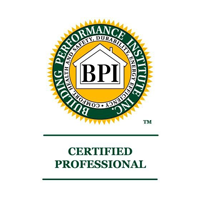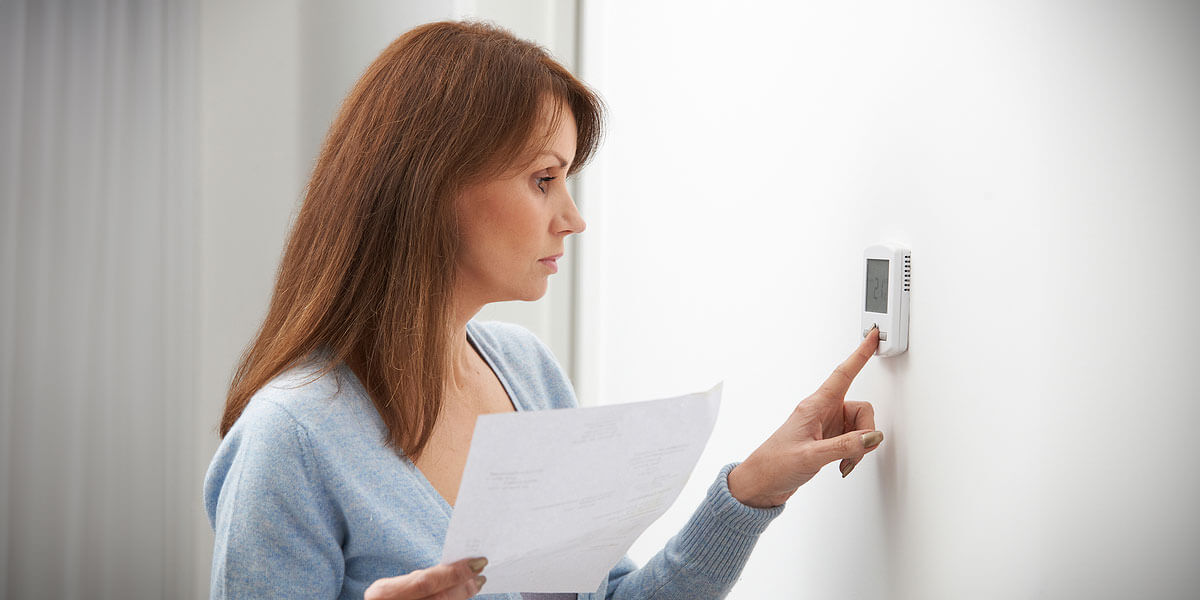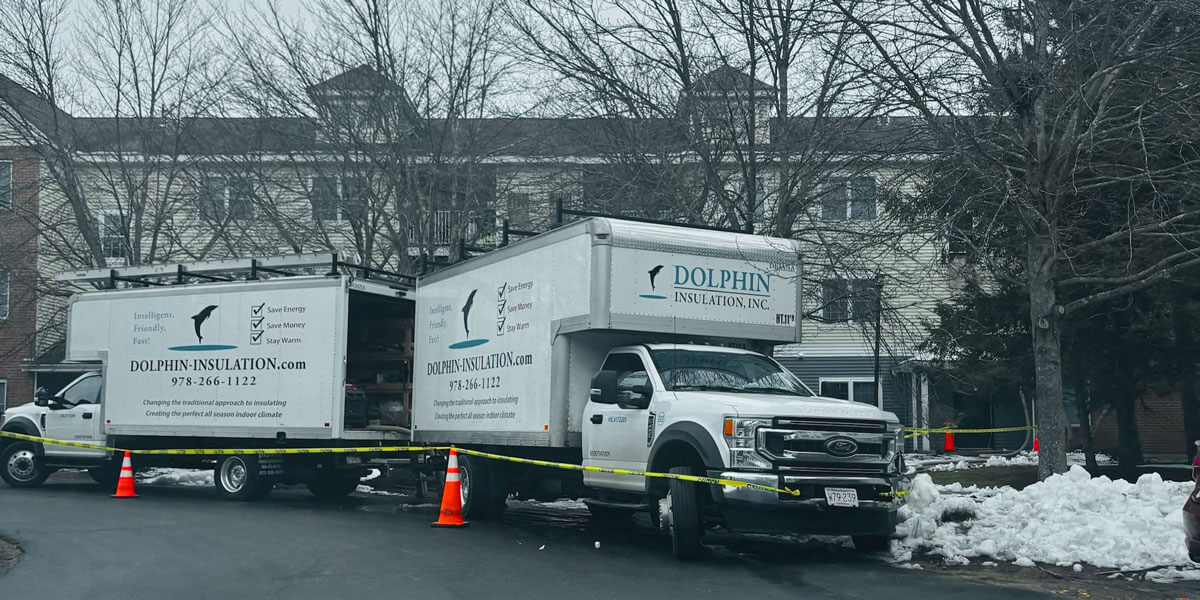You know that you need to insulate your home to keep heat in—but how can you save even more after installing insulation? Your heating system may be consuming a lot more energy than you realize. Insulation helps enormously to save you energy and money even if your heating system is not efficient, and replacing your heater will help you conserve even more.
In 1975, the first energy consumption act was put into action. Ever since then, our country has modified and revised this act to move the United States step-by-step towards energy efficiency. The U.S. Department of energy sets standards to rate heating systems. Insulation seals in your heat, so when you heat effectively you save more.
Natural gas heating systems fall under the Annual Fuel Utilization Efficiency (AFUE) rating. Expressed in percentages, the higher the rating, the better. This AFUE rating sets “minimum efficiency standards” that all heating systems must abide by.
A furnace must have a minimum AFUE rating of 78%, gas-fired boilers 80%, and gas-fired steam 75%. If your heating system rates higher than these minimum percentages, it requires less energy to heat your home. With less energy used to heat, and insulation to prevent this heat from escaping, your home will be a warm sanctuary in the upcoming winter.
A percentage just looks like a number, so what exactly does this number mean? A furnace with an AFUE rating of 90% provides 90 cents worth of energy from every energy dollar. In comparison, an older furnace with a rating of only 60% gives 60 cents worth of energy for every dollar. The goal is to reach a rating closest to 100%, or one dollar per one dollar.
If you replace your older furnace with a 10% more efficient furnace, your estimated annual energy savings will be about $115, according to the Consortium for Energy Efficiency. Not only does upgrading your furnace save you money, it also conserves more energy. When you combine insulation with replacing your old furnace, you will save immensely.
A furnace with an energy rating over 90% is called a condensing furnace—these furnaces offer the highest energy savings. They work more efficiently by extracting secondary heat from the flue gasses instead of letting the flue gasses go to waste.
The remaining flue gasses then exit outdoors through a piping configuration that also uses outside air for combustion. Because inside air is not being used, air leakage is reduced which adds more to your energy savings.
Insulating your home is the first and most important step to sealing your home off from the chilly weather, but the energy conservation does not need to stop there. By ensuring that you are heating your home in the most efficient way possible, you will boost your savings even more. Insulation will save energy in your home regardless of your heating system, but once your insulation is installed you can continue your savings.















